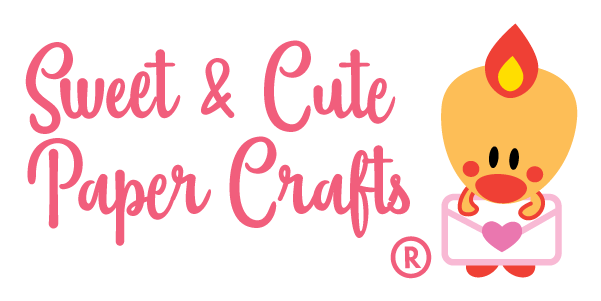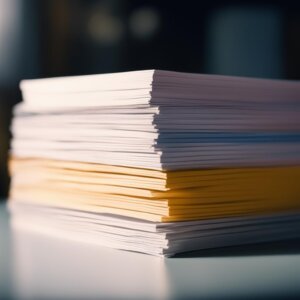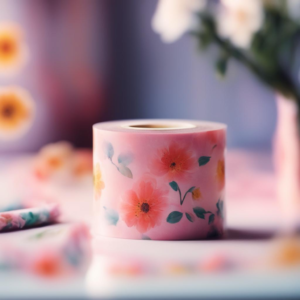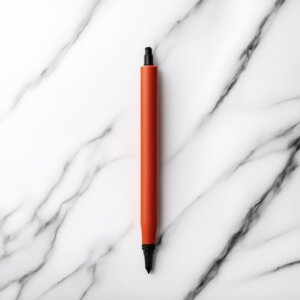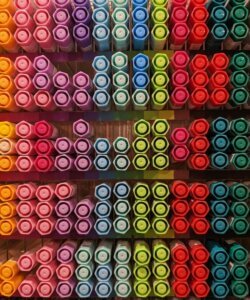Are Cricut mats reusable? If you want to save time and budget while crafting, this guide is perfect for you! I’ve put it together to answer this question.
Plus, you’ll learn all the best practices for using Cricut mats and tips on how to keep them in good condition for longer. Let’s get started!
Are Cricut mats reusable?
One of the most frequently asked questions about Cricut mats is whether they are reusable.
The answer is yes, Cricut mats are definitely reusable.
They can be used up to 40–50 times (including high-quality off-brand mats).
However, the number of times a mat can be reused depends on various factors. Such as the type of mat, the material being cut, and how well the mat is cared for.
To make it last longer, keep the mat clean and store it in a safe, dry place when not in use.
Replace the mat when it begins to show signs of wear and tear.
You can also rotate mats and use two or more of the same type for different materials to extend their life.
Additionally, using dedicated mats for materials that produce a lot of debris like glitter and felt can help keep other mats cleaner and last longer.
Resticking the mat is an option, but it’s risky, and it’s often better to buy a new mat instead.
Cricut mats overview
A Cricut mat is a sticky cutting mat that holds materials in place while the Cricut machine is cutting.
Without the mat, the material would shift or slide, making it impossible to cut accurately.
Once you’ve created your design, you send it to the Cricut machine. The machine reads the design and uses a small blade to cut it out from the material you’ve placed on the Cricut mat.
Four types of Cricut mats that are reusable
Cricut mats come in four different types, each with a different adhesion level:
LightGrip mat
This mat is blue and has the lowest level of adhesion.
It’s best used for lightweight materials like copy paper, vellum, and thin cardstock.
StandardGrip mat
This mat is green and has a medium level of adhesion.
It’s the most versatile mat and can be used for a wide range of materials, including vinyl, iron-on, and cardstock.
StrongGrip mat
This mat is purple and has the highest level of adhesion.
It’s best used for heavyweight materials like thick cardstock, glitter cardstock, and chipboard.
FabricGrip mat
This mat is pink and has a specialized adhesive that’s designed for use with bonded fabric.
It holds fabric in place during the cutting process. So it’s great for making quilts, home decor, and clothing.
Each of these mats is designed to work with specific materials, so you need to choose the right mat for the job.
Using the wrong mat could result in damage to the material or the mat, or inaccurate cuts.
How to make Cricut mats stay reusable longer
To make sure that Cricut mats last as long as possible, it’s important to take proper care of them.
This means storing them properly, cleaning them regularly, and using them appropriately.
Proper storage
To store a Cricut mat properly, it’s best to keep it flat or hanging, covered with its plastic cover sheet or a piece of parchment paper.
Keep the mat away from dust, humidity, heat sources, or direct sunlight.
Proper storage ensures that the adhesive on the mat remains intact and doesn’t become damaged.
Plus it prevents the mat from bending, warping, or cracking.
Proper cleaning methods
Taking care of your Cricut mats is essential for keeping them sticky.
When dirt, dust, glitter, or lint accumulate on the mat, it loses its adhesive properties.
So it’s a good idea to give its surface a clean every 2–4 uses.
An easy way to do this is to use a lint roller to get rid of any debris.
Then lightly scrape away anything else that’s left.
After that, wipe the mat with a baby wipe or a lint-free cloth that’s been dampened with water and a bit of dawn dish soap.
Once it’s clean, be sure to let it air dry before you use it again.
Just remember, never use strong chemicals or abrasives to clean the mats, as this can ruin the sticky surface.
Avoid heavy materials on LightGrip mats
When working with heavier materials such as chipboard, wood, or metal, it’s important to use the right mat for the job.
A LightGrip adhesive might cause the material to slip, which could damage the mat.
Use a StrongGrip mat for heavy materials instead.
Set aside dedicated mats for cutting materials with a lot of debris
Some materials, such as glitter cardstock, construction paper, and felt, produce a lot of debris during the cutting process.
To avoid contaminating clean mats, it’s best to set aside a dedicated mat or an old mat for cutting these materials.
Using other clean mats for cutting materials, such as vinyl, can help keep them clean and last longer.
Following these tips will help your Cricut mats stay reusable for as long as possible.
When to replace a Cricut mat
Make sure to replace your Cricut mat when the time is right.
If your mat isn’t as sticky as it used to be, has visible cuts or scratches, got bent, or is warping/curling around the edges, it might be time for a new one.
Additionally, if you notice your cuts aren’t as precise or clean as they used to be, you should think about getting a new mat.
Materials that shed a lot, like glitter cardstock, can leave a lot of debris. And this can reduce the life of your mat.
If it’s too contaminated and difficult to clean, it’s probably time to invest in a fresh one.
How to restick a Cricut mat
If your Cricut mat has lost its stickiness, you may want to make it sticky again to get more use out of it.
The good news is that it’s possible to restick Cricut mats.
However, do it carefully so that the mat remains usable and doesn’t get damaged during the process.
Resticking your Cricut mat comes with some risks and potential issues that you need to be aware of.
It may make the mat thicker, which could cause it to get stuck in the machine. The added thickness could also lead to issues during cutting.
In some cases, it may be better to buy a new Cricut mat instead of trying to restick an old one.
If the mat is damaged or has been used too many times, resticking it may not provide the desired results.
How to restick a Cricut mat step by step
If you decide to restick your Cricut mat, the process involves using a special adhesive like Spray n Bond Basting Adhesive.
To begin, protect the edges of the mat with masking tape.
Then, spray the adhesive on the mat and let it dry for a few hours.
The adhesive will provide a new layer of stickiness to the mat, making it usable again.
However, it’s important to note that this process should only be used as a last resort, and it’s not a guaranteed solution for all mats.
How to repurpose an old Cricut mat when it’s not reusable anymore
If you have any old or worn-out Cricut mats that aren’t suitable for cutting materials anymore, don’t worry.
There are still plenty of ways to repurpose them!
You could use them as a surface for stamping or creating your own stencils.
Also try to use it as a base for hot glue gun projects, painting, or card-making.
Alternatively, you can simply donate them to local schools or community centers for art classes.
With a bit of creativity, there are so many ways to give your old Cricut mats a new lease of life instead of just throwing them away.
How to use Cricut without a mat
Cricut machines have come a long way since their initial design. They now work with special Cricut Smart Materials that don’t need a mat.
You can choose from a variety of types and sizes, such as vinyl, iron-on, and adhesive-backed paper.
And they’re all designed to make your cutting process easier and more convenient.
No need to apply or remove the material, or clean the mat.
Also, you’re not limited by the size of the mat.
So you can cut longer designs, up to 12 feet in length.
Using smart materials is straightforward.
First, you need to ensure that your Cricut machine is compatible with smart materials.
Currently, only the Cricut Explore 3, Maker 3, and Joy machines support smart materials.
Next, you’ll need to get the specific type of smart material you want to use, whether it’s adhesive-backed paper, iron-on, or vinyl.
Once you have your smart material, you can load it into your Cricut machine just like you would with a mat.
The main difference is that you don’t need to apply the material to a mat beforehand.
Instead, the machine uses its built-in sensors to measure and cut the material without a mat.
Cricut mats are an amazing tool that can be reused multiple times. However, their longevity isn’t indefinite. So it’s important to take care of them by following the right storage and cleaning methods, and making sure to use LightGrip mats with lighter materials. While resticking mats is an option, it’s not always the best choice. To make sure you’re always prepared, it’s a great idea to keep a few extra mats around.
